Accelerating Advantage: NATO’s DIANA Programme Picks up Speed in Harnessing Technological Innovation
Lee Willett
Armed forces have been wrestling for some time with the challenge of how to integrate innovative technologies more rapidly into military operations. This requirement has become ever more pressing with the return of state-based competition, and now, conflict. NATO and its member states established the DIANA technology innovation process to harness new technology and deliver it across the alliance.
Now, with the onset of the Russo-Ukraine war, the need for NATO to maintain its defence technology edge and the role of processes like DIANA in underpinning this are ever clearer.
Maintaining technology edge to deliver renewed operational advantage is central to NATO’s recapitalisation of its collective deterrence and defence posture. Set against this strategic requirement, at its Brussels Summit in June 2021 NATO began laying out a technology roadmap to improve co-operation and interoperability between alliance member states in developing, deploying, and integrating new technology. With an intent to link ‘start up’ technologies more rapidly to operational requirements and ‘end users’, at the summit NATO announced the establishment of a civil-military technology construct titled the Defence Innovation Accelerator for the North Atlantic, known simply as DIANA.
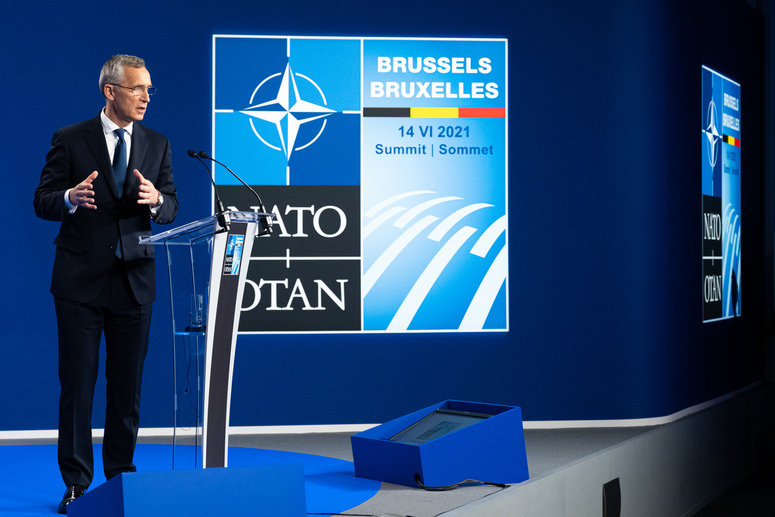
As set out in Brussels, the next step on DIANA’s development pathway was to have the concept’s functional mechanisms in place by the Madrid Summit, scheduled for June 2022. Then, on 24 February 2022, Russia launched a full-scale invasion of Ukraine.
Collective Response
By the time of the Madrid Summit, the global significance of the return to high-end conventional war in Europe was clear. Alongside reinforcing NATO’s collective stance in support of Ukraine, the post-Summit Communique underlined how the alliance was strengthening strategic and operational postures to reinforce wider deterrence and defence.
Here, the Communique underlined the significance of technology development and more rapid delivery of improved military capability. “We are establishing [DIANA] and launching a multinational Innovation Fund to bring together governments, the private sector, and academia to bolster our technological edge,” it stated.
Building on from Madrid, where DIANA’s Charter was approved, DIANA is aiming to declare initial operating capability (IOC) at the Vilnius Summit in July 2023; according to a NATO statement in October 2022, this is when DIANA effectively will ‘go live’. Full operating capability (FOC) for the DIANA process is set for 2025. The period until then will enable NATO to assess DIANA’s development, and understand what further development may be required.
The Russo-Ukraine war is both shaping and reflecting DIANA’s approach. “What Ukraine is showing us is something we already knew, and was one of the reasons for setting up DIANA. It’s that innovation plays a crucial role on the battlefield,” stated David van Weel, NATO’s Assistant Secretary General (ASG) for Emerging Security Challenges, told ESD in an interview on 1 March 2023. Pointing to the effects of using uncrewed systems, artificial intelligence, or commercially sourced space-based surveillance, van Weel said “There’s all kinds of innovations that are changing the battlefield, and that was the reason for setting up DIANA.” In addition, van Weel highlighted how new technologies are being quickly integrated into operations. Shortening the cycle between invention and adoption is precisely what DIANA is designed to do, he explained.
End Goal
DIANA’s aim is to establish an ‘ecosystem’ of technology innovation stakeholders – including academic, scientific, and industrial research and development (R&D) communities, ‘start up’ innovators, defence industrial companies, and the military end-user – to establish a continuous cycle of innovation designed to exploit development priorities within emerging and disruptive technologies (EDTs). DIANA’s current areas of EDT focus include: artificial intelligence (AI), autonomy, ‘big data’ processing, biotechnology and human enhancement, hypersonics, novel materials and advanced manufacturing, energy and propulsion, quantum technologies, and space.
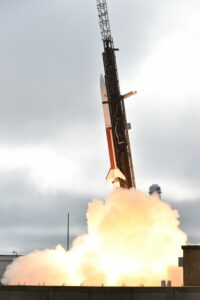
Credit: US Navy
DIANA’s intent is to exploit relevant, viable technologies to support development into operational capability within reasonable timeframes. To enable rapid development of technologies for application against what are referred to as defence and security ‘problem sets’ or ‘challenges’, DIANA is prioritising dual-use technologies, whereby the commercial market requirement for the particular technology may help accelerate its development.
The intent to connect innovators and operators is designed to strengthen trans-Atlantic innovation to solve these ‘challenges’, van Weel told a media briefing on NATO innovation in October 2021. Making this direct connection between innovator and operator will establish an integrated process running from ‘ideas to impact’ to enable ‘challenges’ to be met by developing a relevant capability, van Weel added. Making such connections is also intended to enable the defence ‘customer’ and technology ‘supplier’ to better understand each other’s role in the process.
The framework around which to build the structure for connecting the different components of DIANA’s ‘ecosystem’ consists of five primary parts: a network of test centres, providing dedicated laboratory and other equipment development facilities to support testing, evaluation, verification, and validation of new technologies developed to tackle emerging ‘challenges’; an accelerator programme connecting ‘start ups’ to the ‘challenges’, and helping the ‘start ups’ better understand the process; two head offices (one each side of the Atlantic) to co-ordinate test centre and accelerator programme outputs; a ‘rapid adoption service’ to enable early and quick transition of technology solutions, including into national procurement pipelines; and a supporting financial infrastructure, designed especially to assist ‘start ups’ moving through the DIANA process.
As regards the two head offices, Estonia and the UK will co-host the European office. Canada has offered to host the North American office.
Several parallel themes are being developed around DIANA, overlaying its work. First, there is significant focus on developing interoperable technologies. Second, there is significant focus on using existing national and NATO technology development infrastructure, although DIANA will work independently from NATO procedures including procurement processes to maintain flexibility in the technology it tackles and how to procure it (including facilitating national access to such technology). Third, DIANA’s ‘ecosystem’ is intended to be resilient in the context of assisting innovators in mitigating risk of technology transfer to potential adversaries.
Stepping Stones
Throughout 2022, NATO officials provided updates on DIANA’s development progress. In April, at a press conference following an alliance foreign ministers’ meeting in Brussels, Secretary General Jens Stoltenberg said that DIANA’s capacity would be established around an initial network of 60 innovation sites across Europe and North America.

In a media briefing prior to the meeting, van Weel noted that these 60 sites would include 50 test centres and 10 accelerator sites. He added that this footprint would continue to grow up to and through FOC. Demonstrating the continuing development, as of March 2023 the number now is 72 (63 test centres and nine accelerator sites).
ASG van Weel also detailed the structure for how technologies would be downselected against requirements. First, every two years, the allies will agree on the strategic direction that identifies the ‘challenges’. The strategic direction will also prompt ‘challenge programmes’, based around notification of specific end-user requirements against which innovators can propose technology solutions. Second, innovators will be selected to receive grants and mentoring to guide them through the accelerator site process, with such innovators able to demonstrate their technology to end-users and enabling technologies showing potential for meeting the ‘challenges’ to be taken forward. Third, technologies demonstrating potential may be integrated into national programmes to support further development in meeting end-user requirements.
DIANA in practice
While DIANA is still growing into its structure, its technology work – and its strategic significance within the alliance – means it is flashing brightly on NATO stakeholders’ radars.
DIANA as a multinational construct reflects broad NATO principles of connecting and integrating different national stakeholders. Several NATO operational organisations that also integrate different national stakeholders are tasked with technology development. Such organisations will look to link up with DIANA; in turn, DIANA can act as an alliance-wide interlocutor to ensure all such organisations are aware of and engaged in the leading-edge technology DIANA is developing.
DIANA’s aim to rapidly integrate emerging technologies into operational use is a mission statement widely reflected across other NATO technology development stakeholders. Such stakeholders are seeking to accelerate technology innovation and integration, particularly through operational experimentation (OPEX). When such operational stakeholders are looking to exploit technologies similar to those DIANA is developing, opportunities may present themselves for technologies being developed under DIANA to be integrated more rapidly into OPEX activity.
Autonomy, for example, is a priority technology for DIANA and for alliance operational stakeholders. In September 2022, NATO Allied Maritime Command (MARCOM) led the alliance’s inaugural ‘Dynamic Messenger’ exercise, which took place in southern Portugal in tandem with the Portuguese Navy’s annual maritime uncrewed systems exercise ‘REPMUS’ (‘Robotic Experimentation and Prototyping with Maritime Unmanned Systems’). ‘Dynamic Messenger’ is designed specifically to accelerate the introduction of maritime uncrewed systems into naval orders of battle (ORBATs) through increasing their involvement in OPEX at sea, with particular focus on integration into command-and-control structures.
At the exercise press conference, then-NATO MARCOM Commander Vice Admiral Keith Blount pointed to DIANA’s prospective importance in accelerating technology integration through collective procurement. While such an approach can offer economies of scale, “it’s also about being able to buy and employ things quickly, and it’s about the rapidity with which you need to get stuff into service,” said Vice Adm Blount. In this context, he continued, “DIANA is a really interesting initiative: still in its early days, but showing much promise.”
DIANA’s collective approach to technology development and procurement can also help support alliance member states with smaller defence budgets and less technology innovation and development capacity. It enables those without such means to access key EDTs more quickly, Vice Admiral Guy Robinson, Chief of Staff at NATO’s Supreme Allied Command Transformation, told the press conference.
Going forward, with DIANA focused on experimentation and testing with end-users, OPEX activities like ‘Dynamic Messenger’ may offer early opportunity to test and exploit technologies being developed under DIANA. “I think there’s great synergy between them,” van Weel told ESD. “You could imagine that innovators who are working on challenges within the DIANA complex could make use of an exercise like ‘Dynamic Messenger’ to field that experiment.” He added, “Innovators that are present at ‘Dynamic Messenger’ are liable to get into a DIANA accelerator programme.”
Moreover, the Portuguese Navy’s Maritime Operational Experimentation Centre – located at Troia, the navy’s facility that hosts ‘REPMUS’ and ‘Dynamic Messenger’ – has been assigned as a DIANA test centre, including being tasked with developing AI, autonomy, data, and new materials technologies. “It’s a great example of making use of existing infrastructure in specific areas of expertise,” said van Weel.
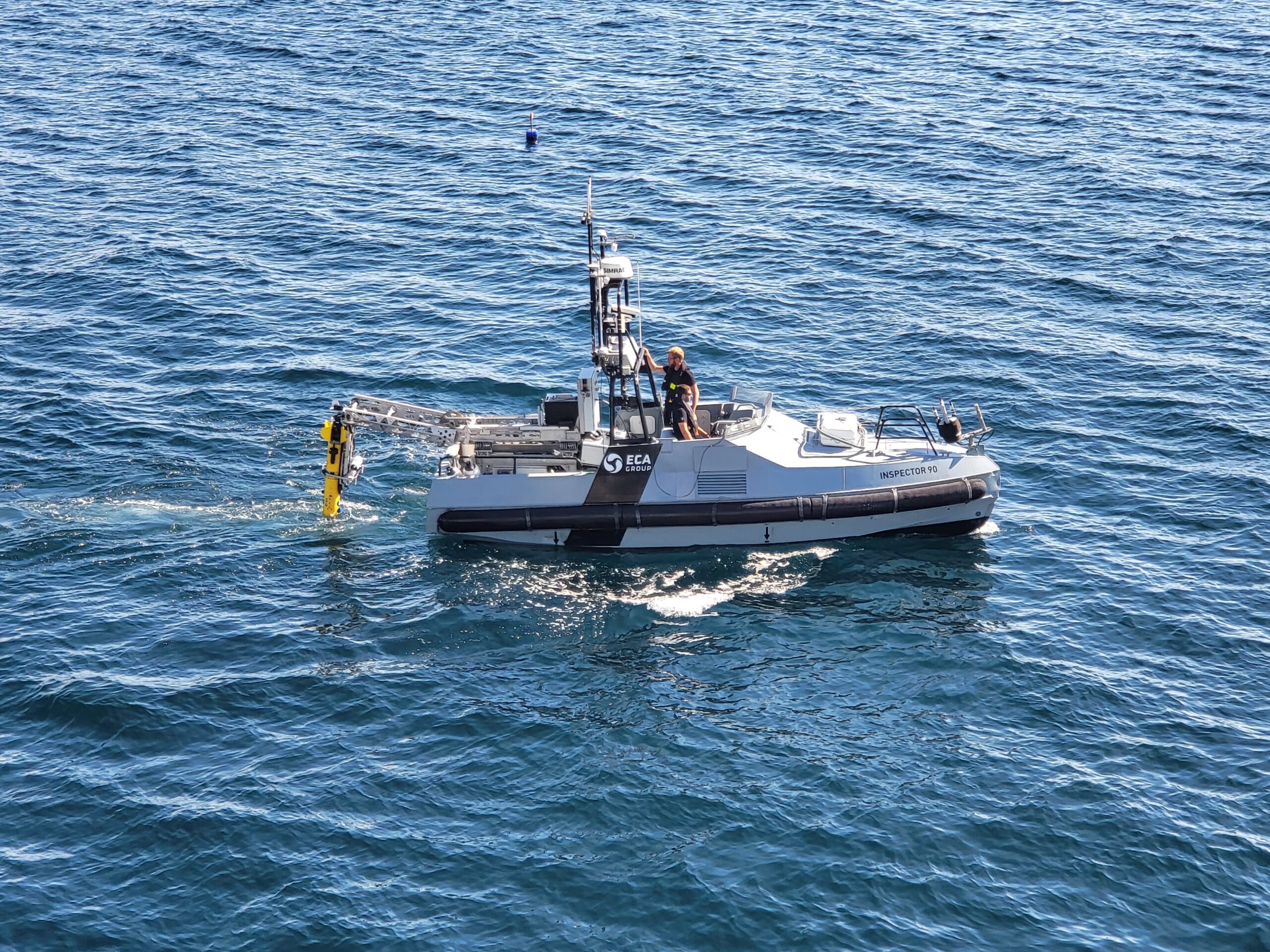
Late in 2022 and continuing up until IOC, NATO and its member states began discussing national contributions to DIANA’s procedural structure and technology focus. In December, DIANA’s Board of Directors (stood up in October 2022 as part of the governance structure established to provide guidance on DIANA’s direction, and consisting of one board member from each NATO country) announced that energy resilience, secure information sharing, sensing and surveillance will be DIANA’s priority EDT focus areas for 2023. These areas provide the strategic direction shaping the first challenges DIANA will address, NATO said in a statement on 12 December. “This strategic direction gives the DIANA Executive clear guidance on the development of pilot programmes we will launch in [early] 2023,” said van Weel, in the statement.
Notably, all three areas have featured prominently in the Russo-Ukraine conflict. Under DIANA, technology solutions should be designed to help NATO allies prepare for anticipated and unanticipated energy disruptions, ensure that data can be protected and trusted, and improve situational awareness and forecasting (in both the physical and digital domains), the statement said.
ASG van Weel told ESD that several key steps will be taken in building up to IOC and on to FOC. NATO aims to provide an update on the number of test centres and accelerator sites that have been approved. “The number will quickly grow in the coming weeks,” said van Weel. New locations must go through an approvals process: once approved, news will be posted on the DIANA website, which itself was set up in late February. The challenges emerging from strategic direction guidance will be launched prior to the Vilnius Summit. Innovators will then be able to pitch technologies against these ‘challenges’ for evaluation by the DIANA staff.
NATO is also building DIANA’s initial staffing footprint. Before the Summit, DIANA staff may be installed in an office in London as part of the European headquarters. The first managing director will also be appointed to lead DIANA’s staff.
DIANA aims to start its accelerator programme by the end of 2023, connecting innovators to the ‘challenges’. Between IOC and FOC, NATO will continue to build DIANA’s test centre and accelerator site numbers and infrastructure, establish the North American regional headquarters in Canada, and start to maximise DIANA’s technology output. “FOC delineates that we have the full capacity of challenges running (probably around 10 on an annual basis), that we have regional offices not only in London but also Canada, and that we have all the anticipated test centres and accelerator sites connected to DIANA,” van Weel told ESD.
Back in December 2022, in a social media commentary released from the Antalya Diplomacy Forum, van Weel discussed the impact of new technology on society and DIANA’s role in harnessing how such technologies develop in the modern world. Emerging technologies like AI are fundamentally impacting how the world functions, including how future conflicts are fought, he said, with this impact already seen in the Russo-Ukraine war.
Traditionally, many novel technologies have developed through military R&D, before finding wider commercial and civil impact, van Weel continued. “Nowadays, it’s the other way around,” he said. “The difficulty is that most of them are being developed for commercial use, and not for military use. The challenge is how do we reconnect these innovation ‘ecosystems’ and make sure we have a dual-use application so that the military can benefit also from the defence and security implications of these new technologies.” DIANA, and the NATO Innovation Fund, “[will be] looking for innovators that have answers to the technology problems we are facing today to help us be better and more innovative in the world of tomorrow,” he added.
DIANA is clearly a significant move in accelerating innovation in and harnessing of technology. However, the Russo-Ukraine war and the operational and technology requirements it is generating almost daily reflect a new element to the challenge – that DIANA, NATO, and NATO member states need to harness innovation and get it to the end user even more quickly.
Lee Willett







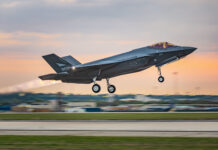
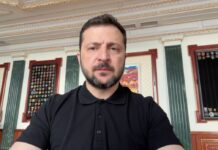

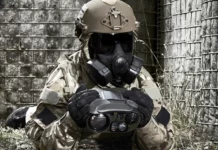
![Skybound scanners: Rebuilding Europe’s airborne SIGINT fleet The RC-135V/W Rivet Joint is perhaps the most recognisable Western SIGINT aircraft. The aircraft’s comprehensive array of COMINT DF antenna is clearly visible beneath the fuselage, while the distinctive ‘chipmunk cheeks’ at the forward fuselage contain its ‘Automatic Electronic Emitter Locator System’ (AEELS). [Luca Chadwick]](https://euro-sd.com/wp-content/uploads/2025/06/1-Kopie-218x150.jpg)
![How much ‘growth’ is there still in 4th-Gen fighters? A German Air Force Eurofighter Typhoon flies through the sky during the Exercise BAANA 2024, Ranua, Finland, on 4 September 2024. [US Army/Sgt Scyrrus Corregidor]](https://euro-sd.com/wp-content/uploads/2025/06/Eurofighter-Typhoon-BAANA_US-ArmySgt-Scyrrus-Corregidor-Kopie-218x150.jpg)